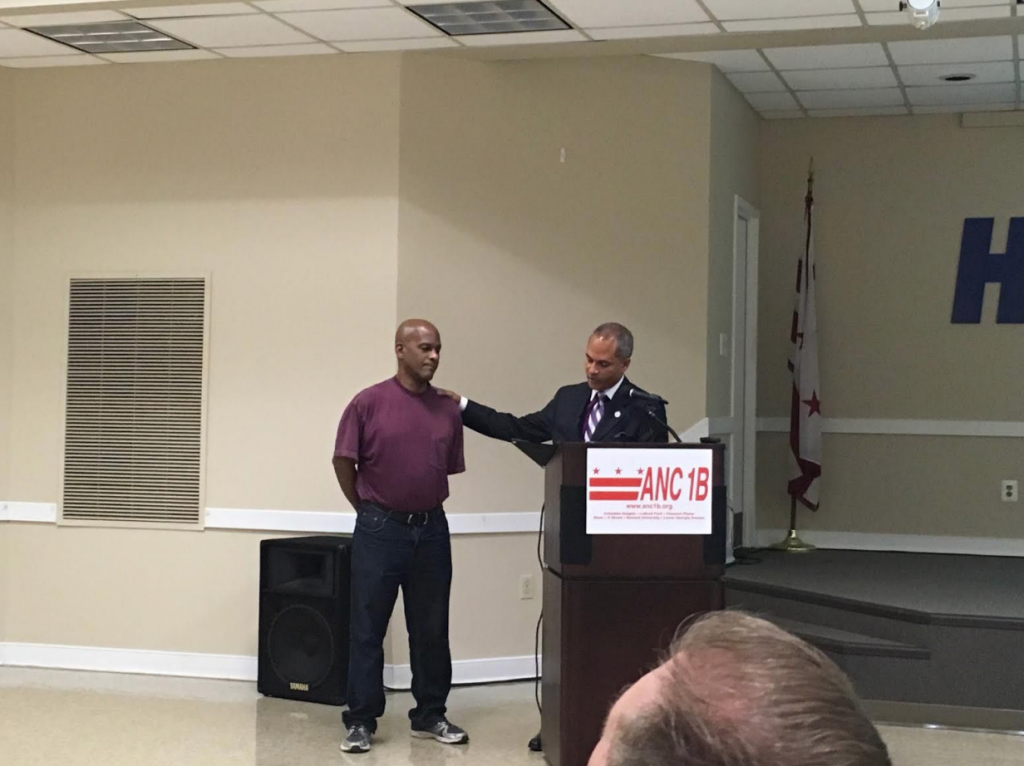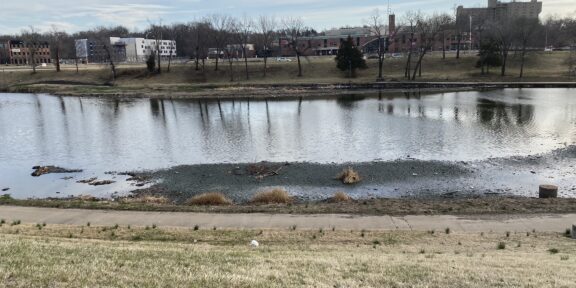In 2002 the DC Water and Sewer Authority (WASA) conducted randomtests on homes in the District that revealed excessive lead levelsin the tap water. However, it was not until this past November thatWASA began notifying residents about the problem. WASA officialsallege they were not aware that lead contamination was aswidespread until this past summer. This has raised concern for DCresidents, as well as federal authorities.
Lead is highly toxic and exposure to it canpose a significant threat. It can be ingested by drinkingcontaminated water or by inhaling lead based products fumes. If too much lead gets in your body, over time it can build up andcause serious damage to vital organs and systems. Low lead levelexposure can cause nervous and kidney system damage, learningdisabilities, attention deficit disorder and decreasedintelligence. High lead level exposure can result in seizures,unconsciousness and in some cases death.
According to the Environmental ProtectionAgency (EPA) elevated lead levels in the District of Columbia waterare due to increased water corrosion and are aggravated in somehomes by the presence of lead service lines. Two-thirds of the6,118 residences that the Water and Sewer Authority (WASA) testedlast summer had water that exceeded the lead limit of 15 parts perbillion. This limit was set by the Environmental Protection Agencyin 1991. Over 2,000 homes had lead levels that exceeded 50 partsper billion and 157 homes with more than 300 parts per billion. Inmany of these cases this is 35 times the legal limit.
The federal government requires thatcities begin a pipe replacement program when lead levels haveexceeded 15 parts per billion and 7 percent of its lead pipes arerequired to be replaced annually. Replacing public pipes willcost WASA $10 million to $20 million a year. WASA has currentlyreplaced more that 500 lead service pipes.
“WASA is only responsible for publicpipes. It is the responsibility of private property owners toreplace the portion of pipe that run through their residence orproperty,” said Janaia Oden, a customer servicerepresentative of WASA lead hotline. Pipe replacement of privateproperty pipe lines can cost owners several thousanddollars.
“People who live in apartments,condominiums and dormitories should contact their residence managerand have them contact WASA about concerns,” said Oden.
Some residences east of Howard University, inBloomingdale had lead water levels that exceeded 12 times the EPAlimit. However, a recent notice released by the Howard UniversityEnvironmental Health and Safety office stated that “HowardUniversity facilities do not contain lead in its water supply inthe amounts that would require the institution to take anycorrective action per U.S. EPA guidelines.”
“The lead levels varied by building, butall university facilities that were tested, tested below 20 partsper billion” said Carey Baldwin, Executive Director ofPhysical Facilities Management. The tests were conducted byan environmental consulting company, as well as four teams from theCollege of Engineering, Architecture and Computer Sciences(CEACS). According to the notice letter sixteen facilitieswere tested, including residence halls, the Howard UniversityHospital, academic support buildings and a Howard University ownedapartment building.
“As a student I appreciate the extraeffort taken by the administration to make sure the water is cleanand safe,” said Lola Fawole, junior political sciencemajor.
While university administration has done somepreliminary water sampling around campus, they are currentlychecking water fountains throughout campus. “If any are foundto have lead soldered joints or reservoirs they will be removedfrom service and replaced,” said Baldwin.
Immediate steps that residents can take toreduce the amount of lead in their drinking water if they suspectpossible lead contamination includes flushing water for ten minutesand/or purchasing filters approved by the National SanitaryFoundation(NSF). Flushing water without wasting unnecessary amountscan be done by washing clothes and/or dishes or taking a shower orbath before using tap water for food preparation or drinking.







